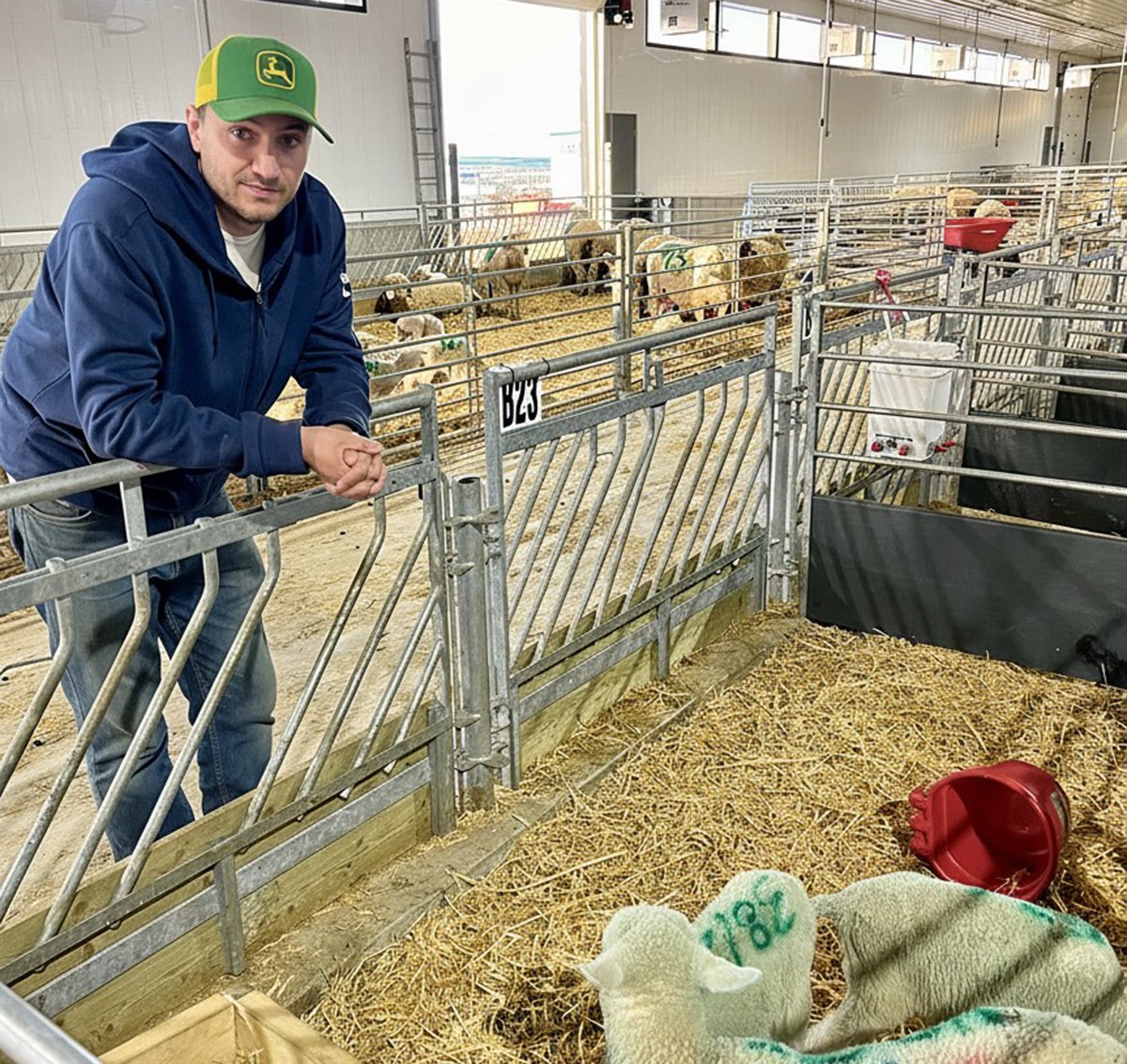Reproduction is the most significant contributor to profit in beef cattle production.
If a pregnancy is not established, it decreases the number of calves born and adversely affects economics.
Producers can see the fruits of their past year’s management during calving time. What they do during the postpartum period can affect future fertility.
The most important factor affecting fertility is the length of the postpartum anestrus, which is the time after calving when a cow is not cycling.
A cow must conceive within 83 days of calving if it is to produce a live calf every year. Because the first heat can be infertile, cows must begin cycling well before this time.
Read Also

Solar, sheep provide valuable farm diversification
Eric Steeves says raising sheep on forages grown under solar panels provided economic stability and perhaps even saved his family’s fifth generation southern Alberta grain farm.
Body condition score (BCS) and suckling are the two main factors that influence the duration of postpartum anestrus.
Timely establishment of future pregnancies is heavily dependent upon a cow’s BCS at parturition. A cow with a BCS of three out of nine takes 88 days to return to estrus after calving.
A cow with a BCS of five takes 59 days and a seven takes 31 days. Cows with a BCS less than three may not start to cycle.
A poor BCS at calving can be partially compensated with a high plane of nutrition after calving. However, few cows with a BCS of four or less are able to conceive fast enough to produce a calf each calendar year.
Suckling is another potent inhibitor of cycling because it stops cows from entering estrus.
Studies show that sucking is the most important aspect. Problems don’t occur if the calf is just present or if producers milk the cow.
Temporary calf removal or early weaning can hasten the onset of postpartum cycling, but these strategies must be considered based on a cost-benefit analysis because it can negatively affect the calf.
Studies also show that the postpartum interval in primiparous cows is about 30 days longer than the same interval in multiparous cows.
This means that first-calf heifers are less likely to begin estrous activity before the beginning of the breeding season than older cows. This effect is aggravated by differences in BCS.
It’s not fully understood why there is a disparity in postpartum anestrus times between young and old cows, but differences in maintenance and growth requirements are likely involved.
There are two ways to help primiparous cows: early breeding and early weaning.
Early breeding allows heifers to calve two to four weeks before the main herd and gives them more time to initiate cycling before the main breeding season begins.
However, the benefit is not straight forward because the anestrus period is also extended by 0.6 days for every day the calving season is advanced.
As well, heifers must be developed properly to make sure they can conceive that early. This may require additional nutritional support that may not be cost effective for some producers.
Early weaning to speed return to cycling in the postpartum period works on primiparous cows, but the cost of early calf weaning needs to be considered.
The postpartum anestrus period can also be shortened with estrous synchronization. This is usually done by administering progesterone, which causes ovarian follicles to mature and ovulate.
The main cost is the medication, but expertise is needed to create a program.
Jeff Grognet is a veterinarian practising in Qualicum Beach, B.C.













